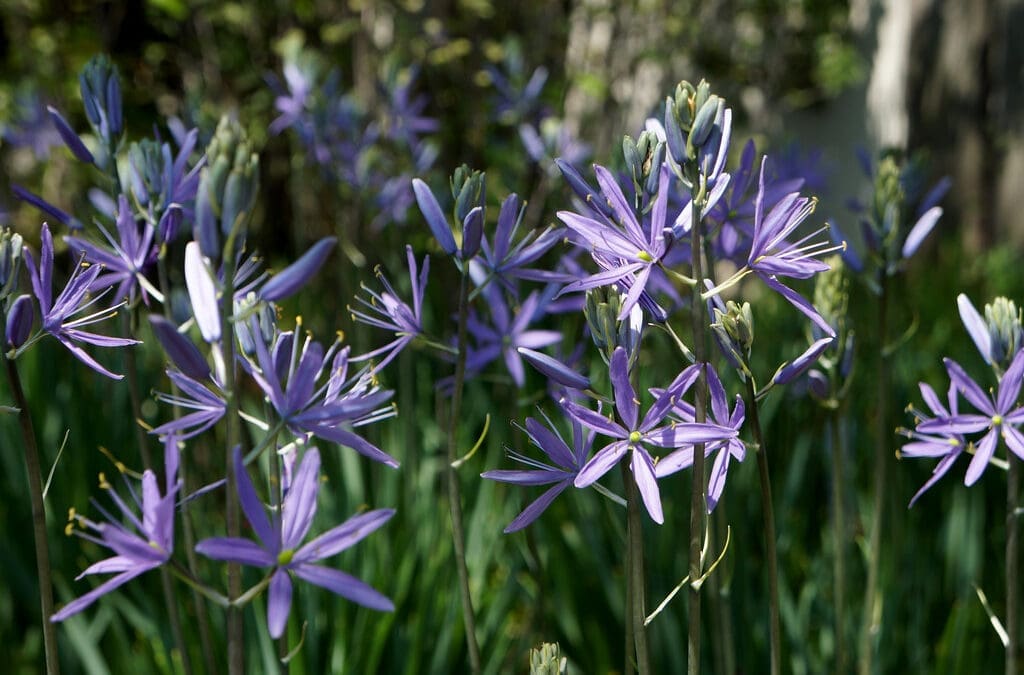It’s a relief when we notice the shift to longer days in the spring. Suddenly it’s light when we eat breakfast, and STILL light when we get home from work. But it’s not just we humans who notice. About that same time, the birds start singing, and buds start popping out on trees and shrubs. When the osoberry blooms, we can all breathe a sigh of relief, for spring is finally on the way.
Because the earth is tilted on its axis, and because it is a sphere, the days and nights are different lengths in different parts of the world. This is why above and below the equator we have seasons. Up here in the northern part of the world, our winters happen when we are tilted away from the sun for the greater part of our 24-hour day, with our shortest day and longest night around December 20, the winter solstice. The opposite is true in the summer, with the longest day and shortest night around June 20. But mid-way between those solstices are the equinoxes, from Latin meaning “equal night”; the days where night and day are the same. Spring equinox is around March 20 and autumnal equinox is around September 20.
After the winter solstice, our days get very gradually longer, at about one minute of extra light per day. But something incredible happens around February 2, and the days rapidly get longer by several minutes a day, and that’s when your mind might be saying, “Is it me or is it suddenly spring? The light is different!” (The same happens in late October, but in reverse; when you realize that suddenly it is so much darker.)
Spring equinox is a big deal for our native plants and animals, as well as for your garden. Longer days mean more sunlight, and sunlight is required for photosynthesis; the process of energizing plants. More light means that it’s time to produce leaves again, to turn that sunlight into sugars that can be used by the plants. It’s also time to produce flowers that attract pollinators, and they collect nectar and pollen to feed their babies and to help the plants form seeds to create the next generation of plants.
Tender leaves mean that there will be food for caterpillars, so moths and butterflies start laying eggs on trees and shrubs to take advantage of them. And caterpillars mean that migrating and resident songbirds alike will have plenty of protein-packed critters to feed their chicks. Birds are singing to find mates and define their territories, and it’s all thanks to the equinox!
By Land Management Specialist, Shelley Pasco



Recent Comments